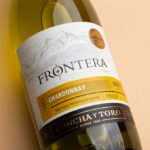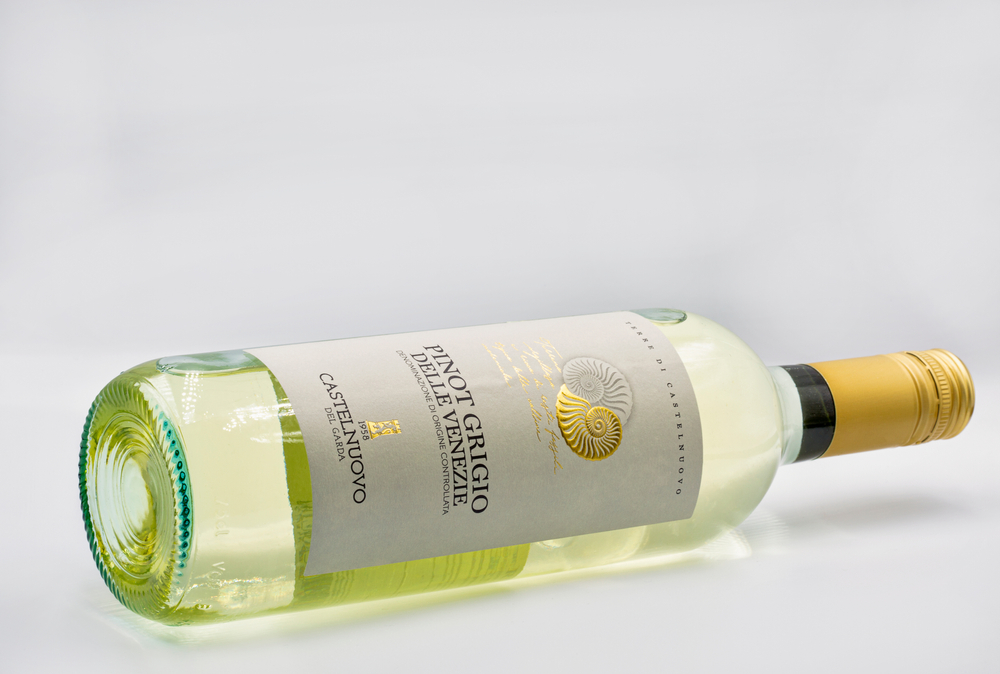Pinot Noir is an incredibly popular wine that is often heavily debated: how often have you been enjoying a glass with friends, discussing whether it was sweet or dry?
Unfortunately, this debate is not uncommon and is often a challenging situation to sort out because Pinot Noir can seem both dry and sweet at the same time!
As a result, people who love dry wines may find themselves a little confused as to whether they should invest in Pinot Noir or not.
However, we’re here to help you better understand this huge debate! We did all the research and can give you a better idea about whether your Pinot Noir is dry or sweet.
We’ll examine what makes a wine sweet, what factors may affect your Pinot Noir’s sweetness, foods that affect its dryness, and more.
So let’s take a deep dive into this controversial subject to answer the question once and for all.

Background of Pinot Noir
If you’re a wine fan, you’ve probably had a drink (or two) of Pinot Noir in your life. It is one of the most popular wines globally and is sold around the world in many places.
That popularity is linked partially to its taste profile, which we’ll discuss later, as well as its overall age and longevity.
After all, it is one of the oldest known wine types in the world, with the first type being drunk during the days of the Roman Empire.
Unfortunately, much of this information about Pinot Noir would have been lost were it not for the monks of the Dark Ages.
During this period, monks were often the only people with any literacy and interest in history.
Their careful collection of historical records and preservation (including new historical books) helped keep that ancient history relevant and kept it from disappearing forever.
How Burgundy Monks Saved Pinot Noir From Obscurity
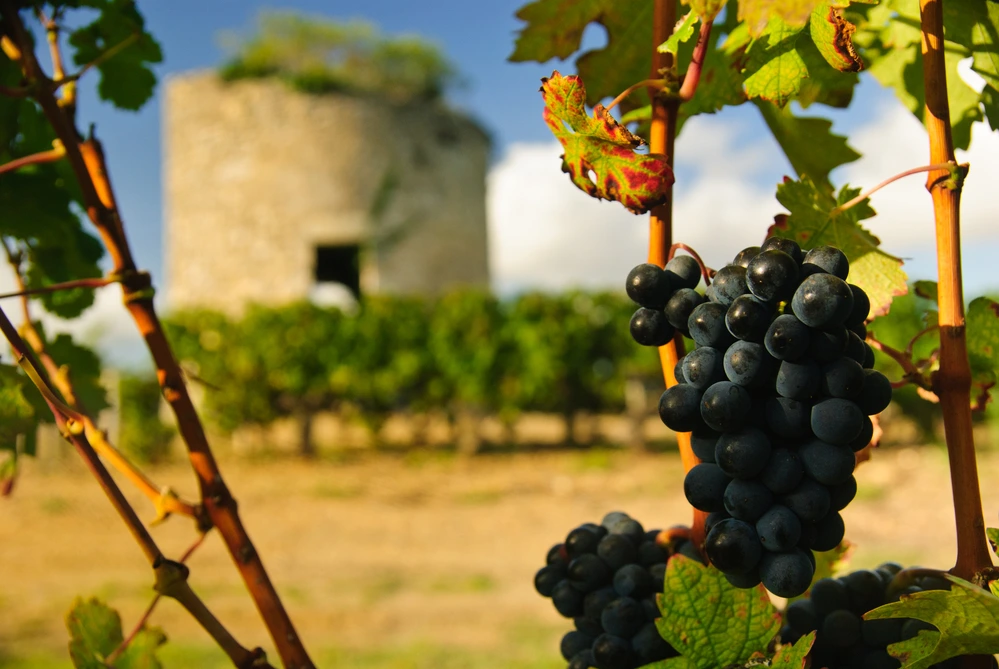
Specifically, it was a group of monks from Burgundy in France that harvested Pinot Noir grapevines, created wine, and documented its history.
So, if you’ve ever enjoyed a bottle of Pinot Noir, make sure you pour out a glass for these intelligent and tasteful Middle Ages monks.
Without their love of this delicious wine (which they believed was an act of service to God), you’d never have enjoyed this wine.
Anyone who’s had a Pinot Noir can easily understand why the monks were so dedicated to this drink!
Its flavors include cherry, raspberry, and strawberry undertones, including a reasonably spiced aroma paired with a smooth finish with minimal tannins.
It is this gentle taste (and earth notes, including ripe tomato, leather, gamey meat, vanilla, and more) that helps make it the perfect “baby’s first wine” for many people.
But how exactly does Pinot Noir stack up to other red wines you may enjoy?
It is typically considered a sweet wine by comparison, or is it reasonably dry? Let’s break down this topic to learn more about what to expect.
The following section will include a variety of different red wines on a simple sweetness scale that will give you an idea of what to expect from your unique Pinot Noir wine.
Red Wine Sweetness Scale: How Pinot Noir Stacks Up
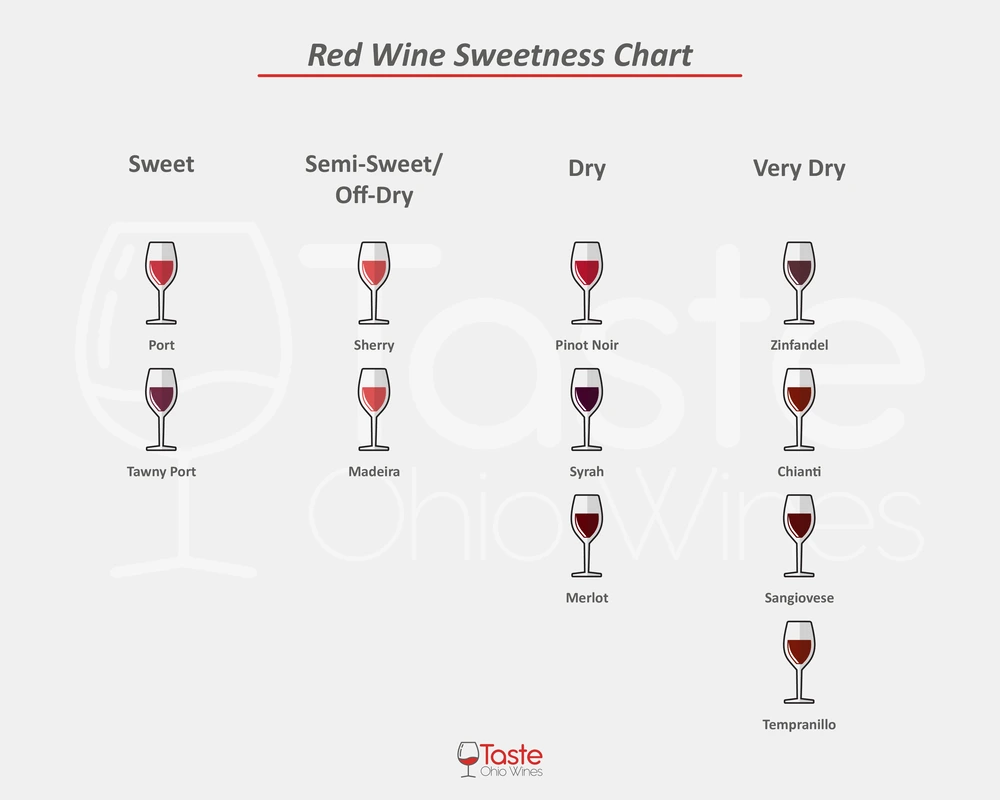
Share this Image On Your Site
When comparing Pinot Noir to other red wines, it is clear that it comes up on the drier side of the scale.
Admittedly, it isn’t the driest type of red wine, which is taken up mostly by options like Zinfandel, Chianti, and Sangiovese wines.
However, it is reasonably dry when compared to alternatives like Port or a Tawny Port, which fall in the sweet range. Even semi-sweet or off-dry options like Sherry or Madeira are a bit sweeter.
However, you may try out a Pinot Noir and find yourself surprised at its sweetness. That’s because there are times when it might be surprisingly sweet compared to other wines.
So let’s take a deeper look at Pinot Noir dryness and get an idea of when it might be sweet. In this way, you can better understand your options and avoid picking a wine that isn’t suited to your specific taste needs.
Handy tip: Pinot Noir makes for an excellent dry red wine to cook with.
So, Is Pinot Noir Sweet or Dry?
Let’s make one thing perfectly clear: Pinot Noir is a dry wine by design and by its nature.
It may be slightly sweeter than the driest wines, but it still falls within the dry range.
It contains less than three percent residual sugar, which is the cut-off point for when wines are considered sweet. Anything between three to five percent is off-dry.
But what creates a wine’s sweetness?
Typically, sweetness is decided by how long the grapes ferment before bottling them up as wine.
Fermentation occurs when yeast bacteria feast on the sugar found in grapes. It secretes alcohol as a by-product of its digestive process as it eats this sugar.
As a result, there is a direct correlation between fermentation time and dryness: the longer wines ferment, the drier their taste.
As a result, it is fair to say that Pinot Noir is fermented a little longer than sweeter wines and has a slightly higher alcohol level.
The amount of alcohol in your wine can give you an idea of your wine’s sweetness, as anything below 10% is usually reasonably sweet. In contrast, anything above that is generally quite dry.
But you bought a bottle of Pinot Noir, and you swear it was sweet. You might not be wrong.
When is it Sweeter?
Sweeter Pinot Noir wine may occur due to a manufacturer’s preference or specific wine marketing focus.
They may do things like ferment the Pinot Noir for a shorter period, add extra sugar during the fermentation process (which increases sweetness and alcohol content by providing more sugar for the yeast), or even destroy the yeast early in the process to keep the Pinot rather sweet.
These steps may be a deliberate choice by the manufacturer or an accident.
For example, some Pinot Noir years may be sweeter than others simply because the fermentation was halted early by accident, and the winemaker had no choice but to bottle it and sell it to avoid heavy losses (White Zinfandel was discovered by accident).
That said, these accidents are rarer, and most sweet Pinot Noirs are a deliberate choice by the maker.
Aroma Also Affects Sweetness

Here’s another thing to keep in mind: Pinot Noir has a very sweet aroma caused by the smell of strawberry, cherries, and even cinnamon or vanilla you get when you open a bottle.
That sweet odor can trick your mind into believing that you’re drinking a sweeter wine.
Remember: taste is intricately connected to your sense of smell. As a result, it’s not hard for a sweet scent to trick your mind.
In fact, Pinot Noir manufacturers may try to enhance that overall sweet odor to strengthen the sweet perception of their wine without increasing its sugar content.
This choice is often done to help attract people who may otherwise not enjoy a dry wine.
That said, there are other elements that may more directly affect the potential sweetness or dryness of your Pinot Noir wine.
Pinot Noir Sweetness is Affected by Growing Regions
While Pinot Noir is probably best known as a Burgundy, France, grape, its popularity has caused it to spread much farther than you might expect.
For example, it is commonly grown throughout the Russian River Valley (California), in Australia, and other parts of the United States.
As you might expect, growing conditions, weather, and soil health may all affect the overall sweetness and taste of your Pinot Noir.
Trying a Burgundy Pinot

First, Burgundy Pinot Noir is typically amongst the driest types, because it is the original growing area and typically has a relatively moderate temperature and rich soil conditions.
France also specializes in dry wines in many regions, which is one reason why you can expect dry wines in this area.
However, spots like the Russian River Valley (California) may have a slightly different flavor and taste compared to these.
Why Buy a Russian River Valley Pinot?
The Russian River Valley, California. In this area, you typically get a much fuller body with a higher degree of tannins that makes Russian River Valley Pinot Noir some of the most popular types on the market today.
They’re often award-winning in competitions and compare favorably to a Syrah.
However, their overall sweetness is much different than that of a French Pinot, to the point where it’s often hard to compare the two.
Australian Pinot Remains Very Sweet
By contrast, Australian Pinot Noir is usually considered one of the sweetest of the world’s Pinot Noir options.
That sweeter flavor occurs because of Australia’s warmer growing region and its often richer soil varieties.
As a result, you can expect a surprising array of tastes and textures from their Pinot, including blueberry, blackberry, and even a surprisingly gamey taste.
Foods Can Change The Wines Flavor
If you’re a wine fan, you also know that various types of food can affect the overall taste and feel of your drink.
For example, some foods can produce a surprisingly sweet aftertaste when paired with Pinot Noir, particularly as it has a fairly delicate overall taste and texture.
But, on the other hand, you can overwhelm it if you aren’t careful, which is why food pairing lists are so critical when deciding on your wine.
Typically, Pinot Noir goes best with foods that naturally enhance its flavor without adding an excessive level of sweetness. Chicken, duck, lamb, lobster, pork, and even turkey can provide a rich protein base that improves your overall texture and flavor.
Foods that are too dense or rich in flavor may easily overpower your Pinot and clash with it. Avoid sweet foods, like chocolate or other desserts, when enjoying this wine.
Earthy Foods May Help Your Wine’s Taste
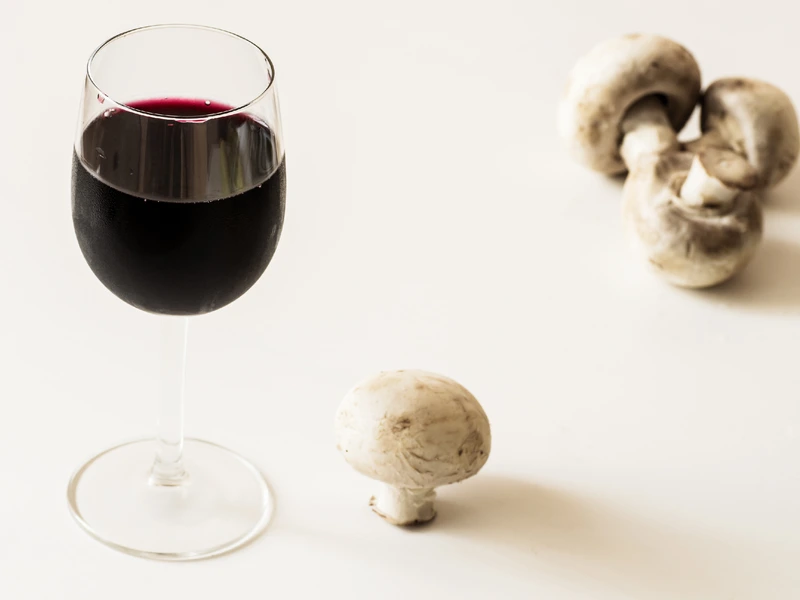
However, you might also find that earthy and spicy foods add quite a bit of variety and texture to your wine’s taste.
For example, mushrooms, salmon, risotto, and even thyme ingredients will help to bring out the underlying earthy undertones familiar in Pinot Noir.
In this way, it might pair well with a delicious vegetable pizza, particularly one with pesto or alfredo sauces instead of tomatoes.
That said, you can also produce a more acidic and tannin-rich wine by pairing your Pinot Noir with various spicy foods.
Indian or Thai foods are practically designed for Pinot and pair perfectly with it.
In fact, it can also dry up your wine a little if it somehow feels too sweet for your taste. Many people try this step if they get a bottle of Pinot Noir with a little too much residual sugar left over.
Sweetening Your Wine
But what if your wine seems a little too dry and you’re having a hard time enjoying it?
Pair it with something a little acidic and tart to bring out its inherent sweetness. Lemon, vinegar, and olive tastes typically create a sweeter flavor with your Pinot Noir.
Greek foods usually help bring out the delicious underlying residual sugar in your Pinot Noir and make it more palpable for some.
In Summary: What’s The Best Pinot Noir For Me?
So, which Pinot Noir should you purchase if you want a dry wine? That question will vary depending on a few different factors.
As most Pinot Noirs are dry, you typically have many options from which to choose.
We examine a few of these popular options below, based on growing region rather than manufacturer. In this way, you should have a pretty good idea of what to expect when buying a Pinot.
The Best Dry Pinot Noirs
If you want the driest of all Pinot wines, you may want to look for a bottle from Burgundy, France. This option is very popular and should give you a reasonably earthy option.
However, many people find that Burgundy Pinot Noirs have a fairly mushroom-heavy aftertaste that blends well with cheese and many other foods. Make sure to pair your Pinot correctly to avoid any taste complications in this situation.
The Best Sweet Pinot Noirs
While sweeter Pinot Noirs are less common, you may find an option from Australia or the Russian River Valley (California).
If you want to try other wines from America, you can also try out Oregon-style wines.
Oregon typically produces a Pinot with a taste similar to that of a rich and fruity strawberry or cherry jam. However, the overall taste will be sweeter and provide an excellent dessert wine option for many buyers.
- Shrimp Cocktail (and More) Wine Pairing Guide - 09/06/2022
- What Wine Serving Sizes Look Like: Standard Size and More - 08/06/2022
- How Much Sugar is in Wine: Glass and Bottle Sugar Content - 08/06/2022


